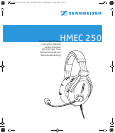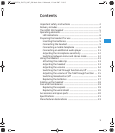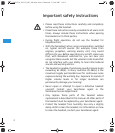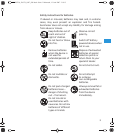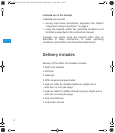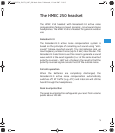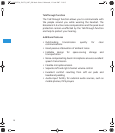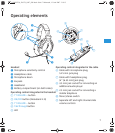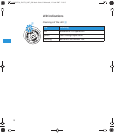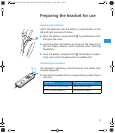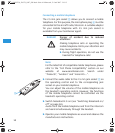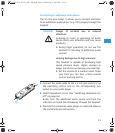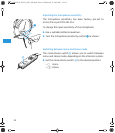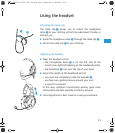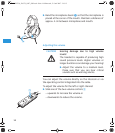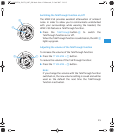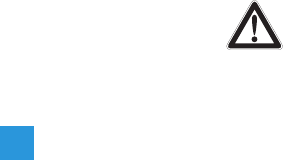
2
Important safety instructions
y Please read these instructions carefully and completely
before using the headset.
y Make these instructions easily accessible to all users at all
times. Always include these instructions when passing
the headset on to third parties.
y During flight operation, do not use the headset for
telephone calls.
y With the NoiseGard active noise compensation switched
on, typical aircraft sounds (for example, those from
engines, propellers, warning alarms, etc.) may sound
different to you. Before operating any aircraft, make sure
that, with NoiseGard switched on, you can hear and
recognize these sounds. Set the volume to safe levels that
do not interfere with your ability to hear informational
sounds and warning alarms.
y The headset is capable of producing sound pressure levels
exceeding 85 dB(A). In many countries 85 dB(A) is the
maximum legally permissible level for continuous noise
exposure during the working day. Exposure to sounds of
higher volume levels or for longer durations can
permanently damage your hearing!
y Never repair or attempt to repair a defective headset
yourself. Contact your Sennheiser agent or the
Sennheiser Service Department.
y Only replace those parts of the headset whose
replacement is described in this manual. All other parts of
the headset must be replaced by your Sennheiser agent.
y Protect the headset from humidity. Use only a slightly
damp cloth to clean the headset. For information on how
to clean the headset, contact your Sennheiser agent.
HMEC250_516578_0507_SP6.book Seite 2 Mittwoch, 13. Juni 2007 3:18 15



